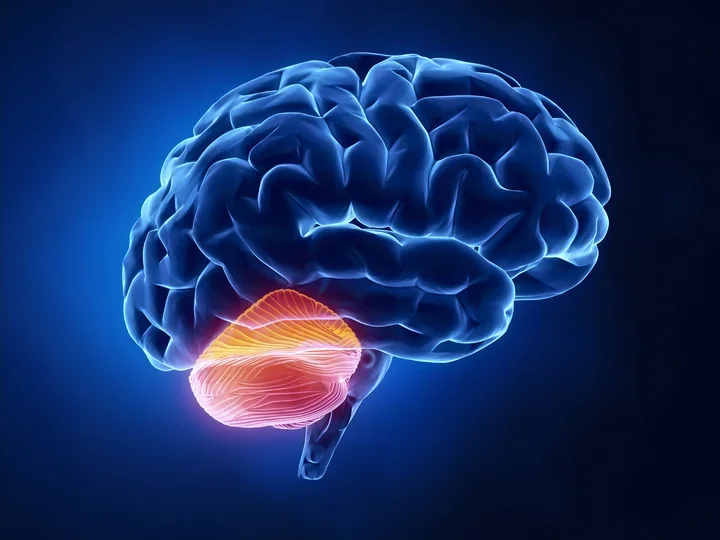Mathews Research Lab
About Our Lab
The Mathews lab is dedicated to unraveling the role of the cerebellum in shaping behavior. We investigate the dynamic interactions between the cerebellum and forebrain to show how the cross-talk between these regions underpins behavioral flexibility and social interactions. To achieve this, we use cutting-edge technologies such as functional ultrasound imaging (fUSI) and conduct in vivo calcium and dense electrode recordings. By integrating these tools with combinatorial approaches, including opto- and chemogenetics, we manipulate distinct cell types and brain regions during behavior. The insights gained from our research advance our understanding of brain function. They also hold the potential to inform the development of innovative therapeutic interventions for neurological and psychiatric disorders.
In addition to our broader exploration of cerebellar function, our lab is committed to advancing our understanding of Ataxia-Telangiectasia (A-T), a rare neuropediatric genetic disease. This debilitating disorder manifests as a profound loss of motor coordination caused by cerebellar degeneration, typically occurring after the age of 7, with patients tragically succumbing to cancer and infections by their third decade of life. Leveraging an innovative mouse model of the disease developed by our team, we employ a range of electrophysiological and genetic methods to systematically examine the cerebellum, aiming to mechanistically understand the disease's impact on it.
We also collaborate closely with several research labs to pioneer and evaluate strategies for restoring the missing protein associated with A-T. Together, we are developing and testing interventions that could potentially cure or fundamentally alter the progression of this devastating disease.
Paul Mathews, PhD

Associate Professor In-Residence at UCLA's Department of Neurology and an Investigator at the Lundquist Institute at Harbor-UCLA
